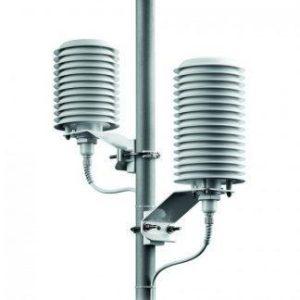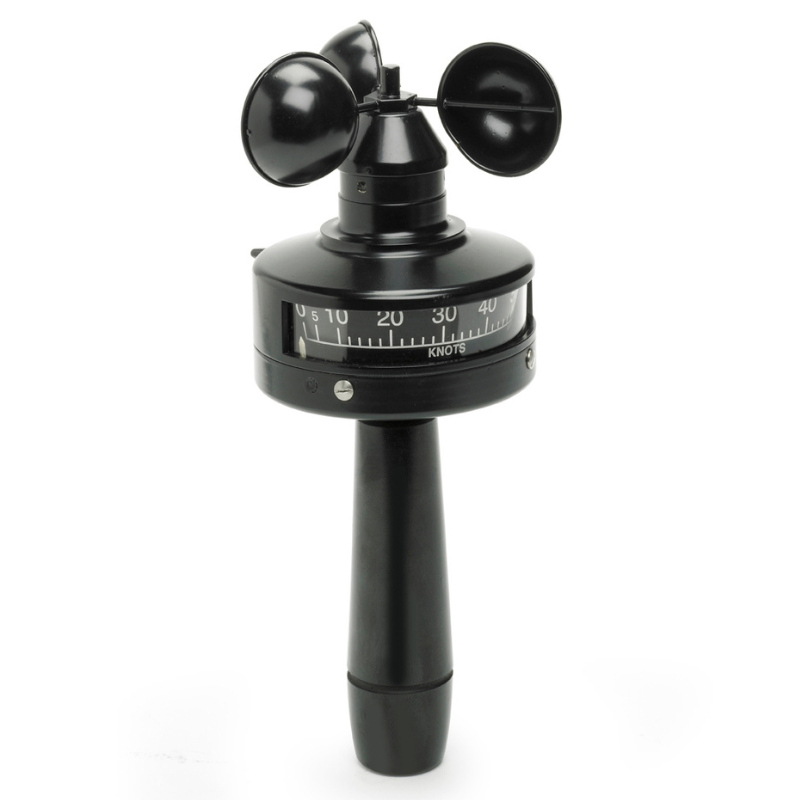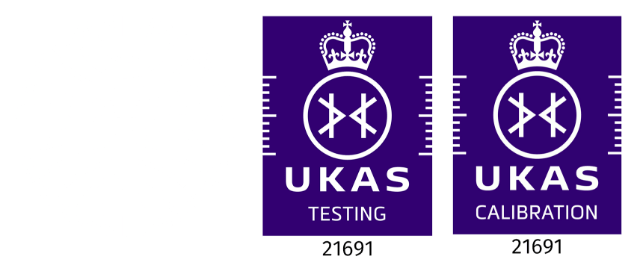A temperature and humidity transmitter is a device that is used to measure and transmit temperature and humidity data to a remote location. It typically consists of sensors for measuring temperature and humidity, as well as a transmitter that sends the data to a receiver or other monitoring system. The transmitter may be connected to a variety of sensors, such as thermocouples, RTDs, or humidity sensors, depending on the specific application. The data from the transmitter can be used for a variety of purposes, such as monitoring and controlling environmental conditions in buildings, warehouses, and other structures, or for tracking and forecasting weather patterns.
A temperature and humidity 4-20mA transmitter is a device used to measure and transmit temperature and humidity data using a 4-20mA current loop. It consists of a sensor that measures temperature and humidity, as well as a transmitter that converts the sensor data into a 4-20mA current signal.
The 4-20mA current loop is a common method of transmitting data in industrial control systems. The 4-20mA signal is a continuous current that is proportional to the measured temperature or humidity value. The 4mA and 20mA points correspond to the minimum and maximum values that the transmitter is capable of measuring, respectively.
Temperature and humidity 4-20mA transmitters are commonly used in a variety of applications, including HVAC systems, building automation, and process control. They are often preferred because of their reliability, accuracy, and ease of use. They are also resistant to interference from electrical noise and can transmit data over long distances without significant signal loss.
In order to use a temperature and humidity 4-20mA transmitter, it must be connected to a compatible receiver or control system that is able to interpret the 4-20mA signal and display or process the temperature and humidity data.
What is a temperature and humidity transmitter?
A temperature and humidity transmitter is a device that is used to measure and transmit temperature and humidity data to a remote location. It typically consists of sensors for measuring temperature and humidity, as well as a transmitter that sends the data to a receiver or other monitoring system. The transmitter may be connected to a variety of sensors, such as thermocouples, RTDs, or humidity sensors, depending on the specific application. The data from the transmitter can be used for a variety of purposes, such as monitoring and controlling environmental conditions in buildings, warehouses, and other structures, or for tracking and forecasting weather patterns.
How does temperature and humidity transmitter work?
Temperature and humidity transmitters typically work by using sensors to measure the temperature and humidity of the surrounding environment. These sensors may be thermocouples, resistance temperature detectors (RTDs), or humidity sensors, depending on the specific type of transmitter. The sensors generate a small electrical signal that is proportional to the temperature or humidity being measured. This signal is then processed by the transmitter and converted into a digital or analog output, which is transmitted to a remote location using a wireless or wired communication system.
At the remote location, the data is received by a receiver or monitoring system, which may be connected to a display or control system. The data can then be used to monitor and control the environment, or for other purposes such as forecasting weather patterns. Some temperature and humidity transmitters may also include additional features such as alarms or alerts that can be triggered if the temperature or humidity exceeds certain thresholds.
Why do we use temperature and humidity monitoring system?
There are several reasons why temperature and humidity monitoring systems are used in a variety of applications:
Comfort and health: Temperature and humidity can have a significant impact on human comfort and health. Monitoring systems can be used to ensure that the temperature and humidity in buildings, homes, and other structures are within a comfortable and healthy range.
Environmental control: Temperature and humidity can also affect the performance of certain equipment or materials. For example, humidity can affect the accuracy of certain types of instruments, or cause corrosion in metal parts. Temperature and humidity monitoring systems can be used to control the environment to ensure optimal performance.
Quality control: In industries such as pharmaceuticals, food and beverage, and electronics, temperature and humidity can affect the quality and stability of products. Monitoring systems can be used to ensure that the temperature and humidity conditions are within acceptable limits to maintain product quality.
Energy efficiency: Temperature and humidity can also have an impact on energy consumption. For example, maintaining the temperature and humidity within certain ranges can help to reduce the energy needed for heating and cooling. Monitoring systems can be used to optimize energy use and reduce energy costs.
Safety: In certain industries, such as chemical manufacturing, temperature and humidity can affect the stability and safety of certain materials. Monitoring systems can be used to ensure that temperature and humidity are within safe limits to prevent accidents or incidents.
Where are temperature and humidity sensors used?
Temperature and humidity sensors are used in a wide range of applications, including:
Building automation: Temperature and humidity sensors are often used in building automation systems to monitor and control the environmental conditions in buildings, such as offices, schools, and hospitals.
Industrial processes: Temperature and humidity sensors are used in industrial processes to monitor and control the environment to optimize equipment performance and prevent corrosion.
Weather forecasting: Temperature and humidity sensors are used in weather stations to measure and forecast weather patterns.
Agriculture: Temperature and humidity sensors are used in agriculture to monitor and control the environment in greenhouses, or to optimize irrigation and crop production.
HVAC: Temperature and humidity sensors are used in heating, ventilation, and air conditioning (HVAC) systems to monitor and control the temperature and humidity in buildings and other structures.
Food and beverage: Temperature and humidity sensors are used in the food and beverage industry to monitor and control the storage and transportation of perishable goods.
Medical and pharmaceutical: Temperature and humidity sensors are used in the medical and pharmaceutical industry to monitor and control the storage and transportation of temperature-sensitive drugs and other products.







